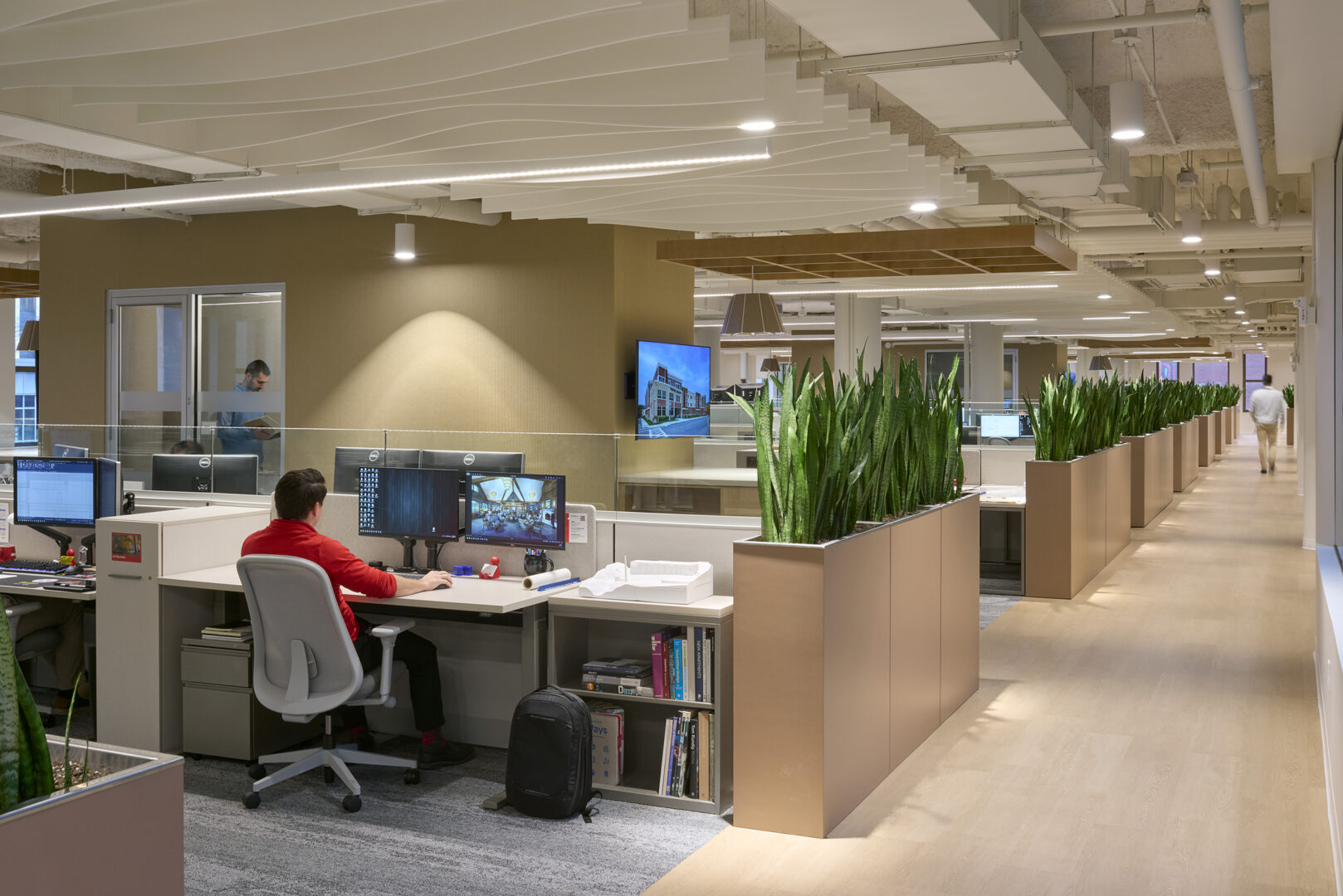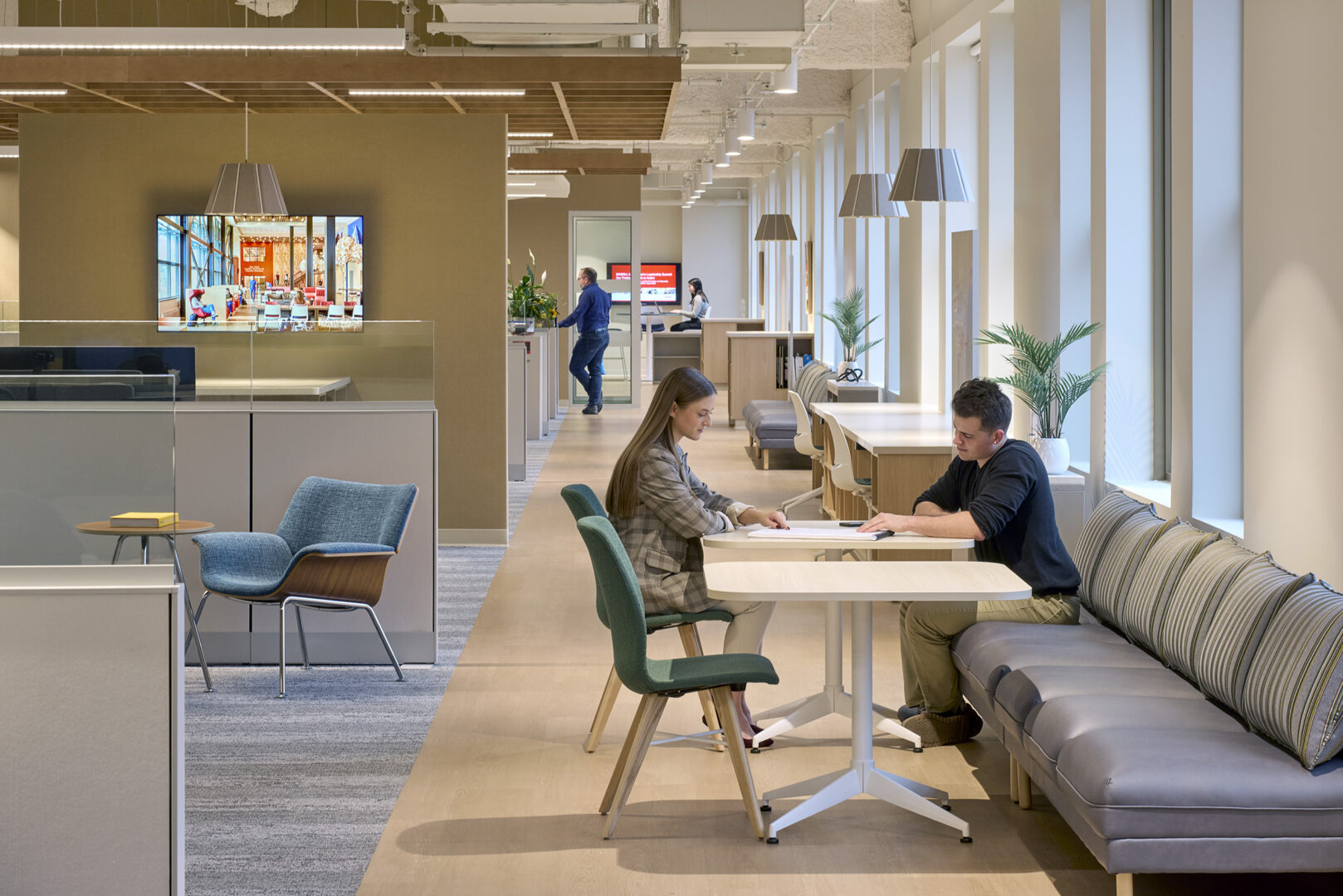This article originally appeared in the Rochester Business Journal.
The role of an architect is not only to design beautiful, functional spaces but to positively impact the lives of those who inhabit them, contributing to a healthier, more sustainable and equitable world. While being mindful of schedule, cost, code, and aesthetics, for our work to be relevant, we must address the most pressing issues of our time, including climate change, social equity, environmental resilience, and public health. How does an architect design with profound intention in an increasingly complex and rapidly changing world?
The American Institute of Architects (AIA), our professional organization, has developed the Framework for Design Excellence, a design resource intended to be accessible and relevant for every architect, every client, and every project, regardless of size, typology, or aspiration. The “Framework” redefines what constitutes “good design” and offers tools and resources for architects seeking to design with greater purpose.
In 2018, the AIA amended its code of ethics, stating that members should set ambitious performance goals for greenhouse gas emission reductions with their clients for each project, and that members shall consider with their clients the environmental effects of their project decisions. The Framework is not a rating system, nor a mandate, but it is a foundation for that critical conversation. It is comprised of ten categories, or measures, that support design for: integration, equitable communities, ecology, water, economy, energy, wellness, resources, change, and discovery.
Applying the Framework simply requires identifying the goals and aspirations of a project, ideally through a robust and inclusive engagement process, and then leveraging the many resources the AIA has made available online. These include high impact strategies and best practices, with resources and case studies from award-winning projects.
Formal sustainable design rating systems, such as LEED, WELL, or the Living Building Challenge, have brought tremendous value and market transformation, and have advanced the education of architects, contractors, and owners through their rigor. However, those rating systems represent a small percentage of projects. To address the scope of today’s challenges, we must transform all our work as designers – from the smallest of projects to the largest – and that means we must transform conventional practice.
Without the rigidity of a rating system, the Framework is flexible and efficient and encourages efforts anywhere an impact can be made. Each measure outlines “high impact strategies” – a short list of items under the heading, “If you can only do one (or a few) things.” As the title suggests, even limited impacts can make a meaningful difference, and our projects, clients, and our environment are better for it.
As an example of how to apply the Framework, if a project goal is established that seeks to “reduce mental stress and anxiety” in a workplace, the Framework’s “Design for Well-Being” category provides a designer resources to consider the physical, mental, and emotional effects of a building on its occupants and the community.
“High Impact Strategies” related to well-being include designing for access to nature and utilizing biophilic design strategies (design that connects us with nature) to increase a sense of well-being and satisfaction. The “Best Practices” that follow provide additional detail in support of these strategies. On the topic of well-being, best practices include providing views of, or direct exposure to, trees and other forms of vegetation. In addition to enhancing an occupant’s experience, plants and vegetation can enhance a design and relate to the Framework in multiple ways – by supporting regional habitat restoration (Design for Ecosystems), managing rainwater (Design for Water), and improving resilience (Design for Change) as we adapt to more severe storm events.

In connecting people, place, and nature, designing interior spaces for natural daylight is also key. Access to natural light and views has been found to improve work performance, and separation from daylight has been found to cause direct negative impacts on mental and physical health. Natural light is a fundamental feature of design excellence, and optimizing daylight – getting it right by balancing light levels, glare, and thermal comfort – can significantly improve health and wellness outcomes for occupants.

The “Design for Energy” measure of the Framework also encourages designers to “get it right”, by balancing the window-to-wall ratio, and not over-glazing a façade, to better manage heat gain, heat loss and energy demand. With better performing buildings that demand less energy, the transition to fossil-fuel free operation is generally easier and it is a critical strategy for architects in addressing the built environment’s contributions to climate change. Design resources related to energy include links to the AIA’s Architect’s Guide to Building Performance, energy benchmarking tools, and the AIA 2030 Commitment, for design firms striving to design net zero emissions projects by 2030.
Each of the ten Framework measures include resources that connect designers with research, publications, and information to successfully achieve their goals and, ideally, reduce research time. Case studies are also provided that showcase successful, real-world solutions from award-winning projects. These typically feature a project’s graphics, narratives, and data points that helped them earn best-in-class recognition.
With the introduction of the Framework for Design Excellence, AIA has established principles for good design in the 21st century. Design excellence is not about aesthetics alone, and it cannot focus solely on energy and resilience. The framework reminds us that good design must be a holistic approach that speaks to the interdependence of people, buildings, infrastructure, and the environment.
To reinforce the Framework in practice, the AIA has integrated it with their national design awards as a set of guidelines and requirements to assess project performance. Increasingly, regional AIA chapters around the country have adopted the same approach for their regional awards programs. It seems clear that, in time, AIA architects will utilize the language of the Framework in their day-to-day practice. My own firm has already begun to embrace the Framework as a set of “Best Practices” for design.
By aligning our design practices with the principles of the Framework for Design Excellence, we can better respond to today’s needs and ensure the continued relevance of our work in these challenging times.
Visit www.AIA.org for more.

